Description
In Depth
Begin your transformative journey towards optimal metabolic health with Alimentum Labs’ one-of-a-kind blood sugar and metabolism support supplement, GlucoGenic. This pioneering nutrigenomic formula was meticulously engineered to support glucose and lipid metabolism at the genetic level.
At the heart of GlucoGenic’s efficacy lies its strategic support for key genes like GCG (the GLP-1 secretion gene), PPARG, and ADIPOQ, crucial for maintaining healthy metabolic responses. By leveraging the latest advancements in herbalomic research, GlucoGenic blends botanical extracts from diverse origins, including the bitter melon, Gymnema sylvestre, and fenugreek, each selected for their ability to nourish the epigenetic metabolic functions of the citric acid and beta-oxidation cycles. This innovative approach ensures optimal cellular ATP processes, essential for sustaining energy production and metabolic balance.
Reinforced with advanced minerals and antioxidant compounds, GlucoGenic offers a multifaceted defense against oxidative stress and advanced glycation end products (AGEs), safeguarding cellular health while promoting glucose regulation. Elevate your well-being with GlucoGenic’s synergistic blend of science-backed ingredients, promoting balanced metabolic health and vitality for a harmonious life.
Key Features
- Gymnema sylvestre, an herb also known as the “sugar destroyer” in East Indian herbal medicine, supports various aspects of metabolic health. Research indicates that this herb supports the body’s innate allergen-tolerance function and normal immune activities. It also promotes lipid normalization and glucose metabolic functions. Additionally, Gymnema sylvestre may help reduce sugar cravings by binding to sweet-tasting receptors on the tongue and delaying the release of glucose into the bloodstream.
- Hesperidin, a beneficial flavonoid abundant in citrus fruits like oranges and lemons, plays a vital role in regulating the ADIPOQ gene, which is involved in controlling fat cell accumulation. By interacting with this gene, hesperidin helps support a healthy metabolism and prevents excessive accumulation of fat cells in the body. Additionally, its potent anti-inflammatory properties are essential for managing insulin resistance, a key factor in maintaining stable blood sugar levels.
- Chromium is an essential micronutrient crucial for effective sugar and fat metabolism. It aids in preventing significant spikes in blood sugar levels, thereby mitigating the risk of chronic high blood glucose and insulin resistance. Clinical trials indicate that supplementing with chromium may contribute to weight reduction by supporting a healthy metabolism and stable blood sugar levels.
- Bitter melon has a long history of use in traditional medicine. Studies indicate that bitter melon may repair specialized pancreatic cells responsible for insulin secretion and improve insulin resistance. Additionally, it contributes to a healthy metabolism by exhibiting anti-inflammatory properties, promoting PPAR gene expression, and stimulating GLP-1 receptors, all of which play significant roles in regulating blood sugar.
- Fenugreek contains 4-Hydroxyisoleucine, an amino acid that is abundant in its seeds. This compound stimulates insulin secretion, enhances glucose tolerance, and improves the function of glucose transporters in cell membranes. When combined with chromium supplementation, fenugreek effectively improves insulin resistance, contributing to overall metabolic health and balanced blood sugar levels.
White Paper
The White Paper is your comprehensive guide to understanding this product. It details the ingredients, their functions, and how they work together to deliver results. Complete with usage guidance and safety information, it’s an invaluable resource for anyone seeking a thorough understanding of this formula.
Essential Ingredients
- Gymnema sylvestre
- Hesperidin Complex
- Chromium (Picolinate)
- Bitter Melon
- Fenugreek
Directions
Take 2 capsules daily with food, or as directed by your health care provider.
Warnings
Keep away from heat, sunlight, and out of the reach of children.
Quality Guarantee
cGMP facility
Vegan
Non-GMO
Gluten Free
Dairy Free
No Sugar
Frequently Asked Questions
Who should take GlucoGenic?
GlucoGenic is recommended for individuals seeking to optimize their metabolic health, particularly those looking to support glucose and lipid metabolism. It is beneficial for individuals experiencing challenges with blood sugar regulation, insulin sensitivity, or metabolic imbalances. Additionally, GlucoGenic is suitable for those with a family history of metabolic disorders or individuals looking to proactively manage their metabolic health.
How should I take GlucoGenic?
For optimal results, it is recommended to take 2 capsules of GlucoGenic daily with food. However, individuals should always consult with their health care provider for personalized dosing instructions based on their specific health needs and circumstances.
Can I take GlucoGenic with other supplements?
Yes, GlucoGenic can be safely taken with other supplements, particularly those from Alimentum Labs that also support metabolic health. However, it’s advisable to consult with your health care provider before combining supplements to ensure compatibility and optimal results based on your individual health needs.
Can I take GlucoGenic if I'm pregnant?
Yes, GlucoGenic is generally safe for use during pregnancy when taken as directed. However, it’s always recommended to consult with your health care provider before introducing any new supplement into your regimen, especially during pregnancy, to ensure it aligns with your individual health needs and circumstances.
Why is Gymnema sylvestre important for regulating blood sugar levels?
Gymnema sylvestre is crucial for regulating blood sugar levels due to its unique properties that have been found to support the body’s innate allergen-tolerance function and promote normal immune activities. Additionally, Gymnema sylvestre is reported to play a role in normalizing lipid levels and supporting glucose metabolic functions. Its ability to modulate these processes makes it an essential component in promoting metabolic health and maintaining balanced blood sugar levels.
How does GlucoGenic improve insulin sensitivity?
GlucoGenic enhances insulin sensitivity through a multifaceted approach. Its formulation includes essential minerals like zinc and chromium, which play crucial roles in insulin function, facilitating effective sugar utilization by cells. Additionally, the blend of botanical extracts work synergistically to regulate blood sugar levels, thereby reducing the demand on insulin production. By optimizing glucose metabolism and promoting efficient glucose utilization within the body, GlucoGenic supports improved insulin sensitivity and contributes to better overall metabolic health.


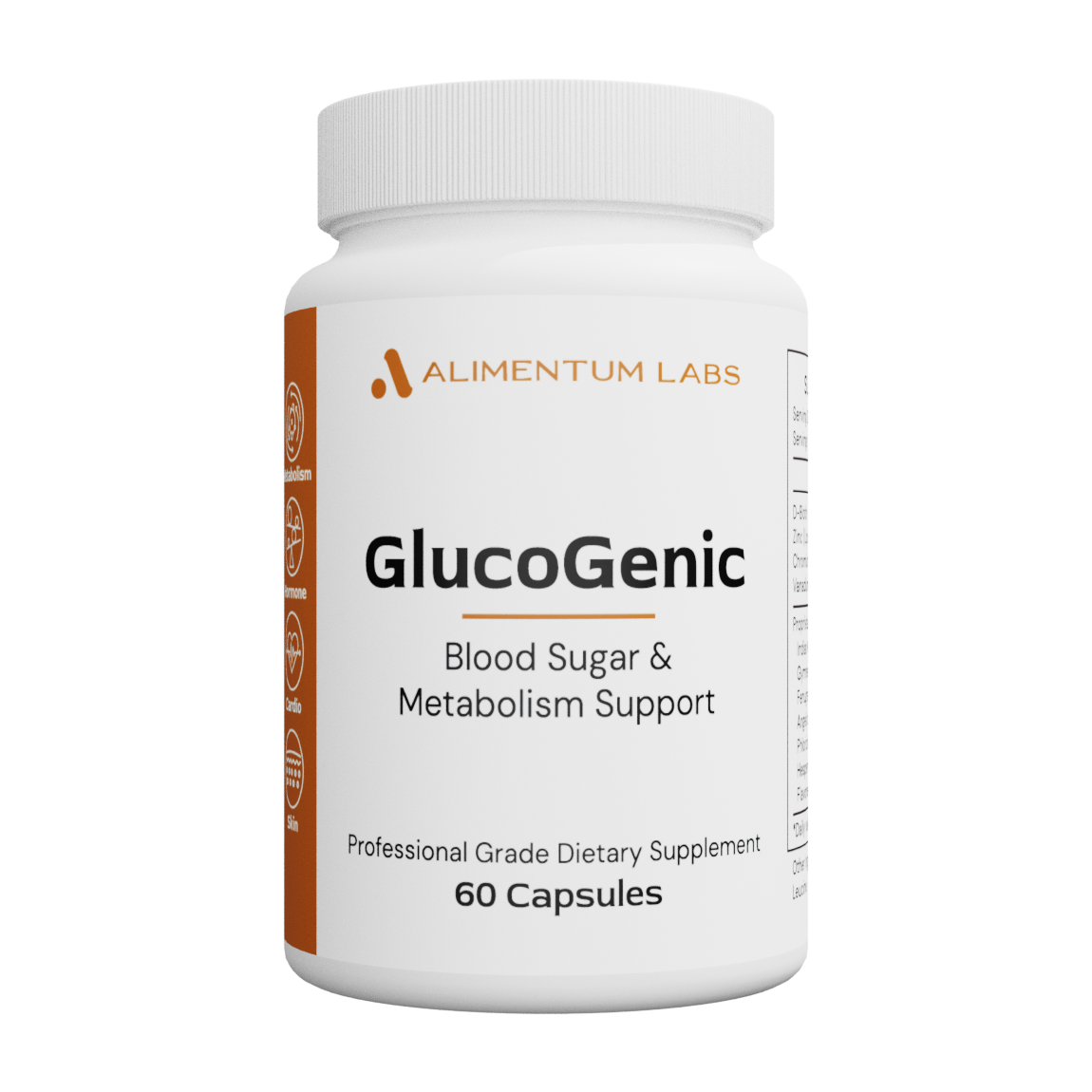


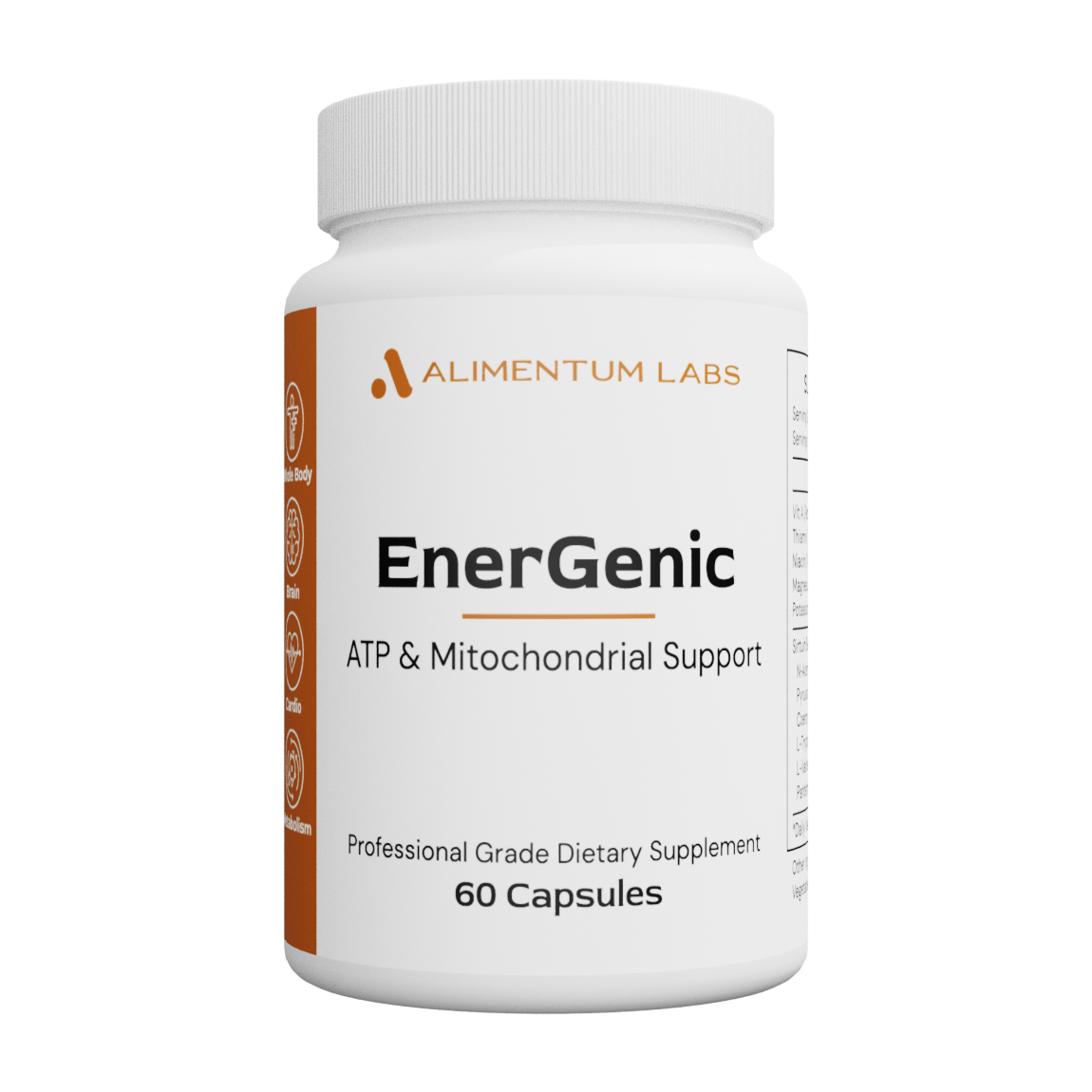
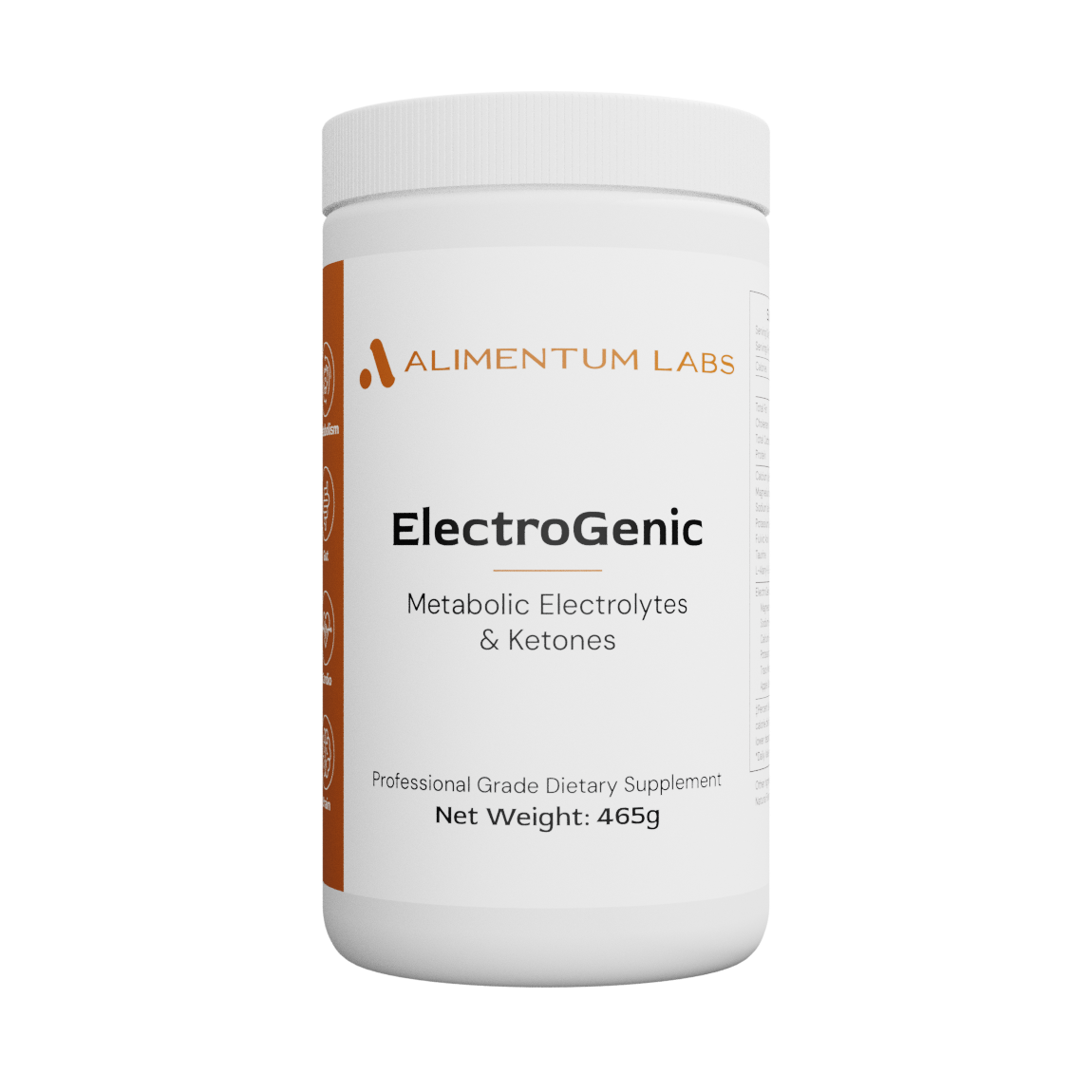
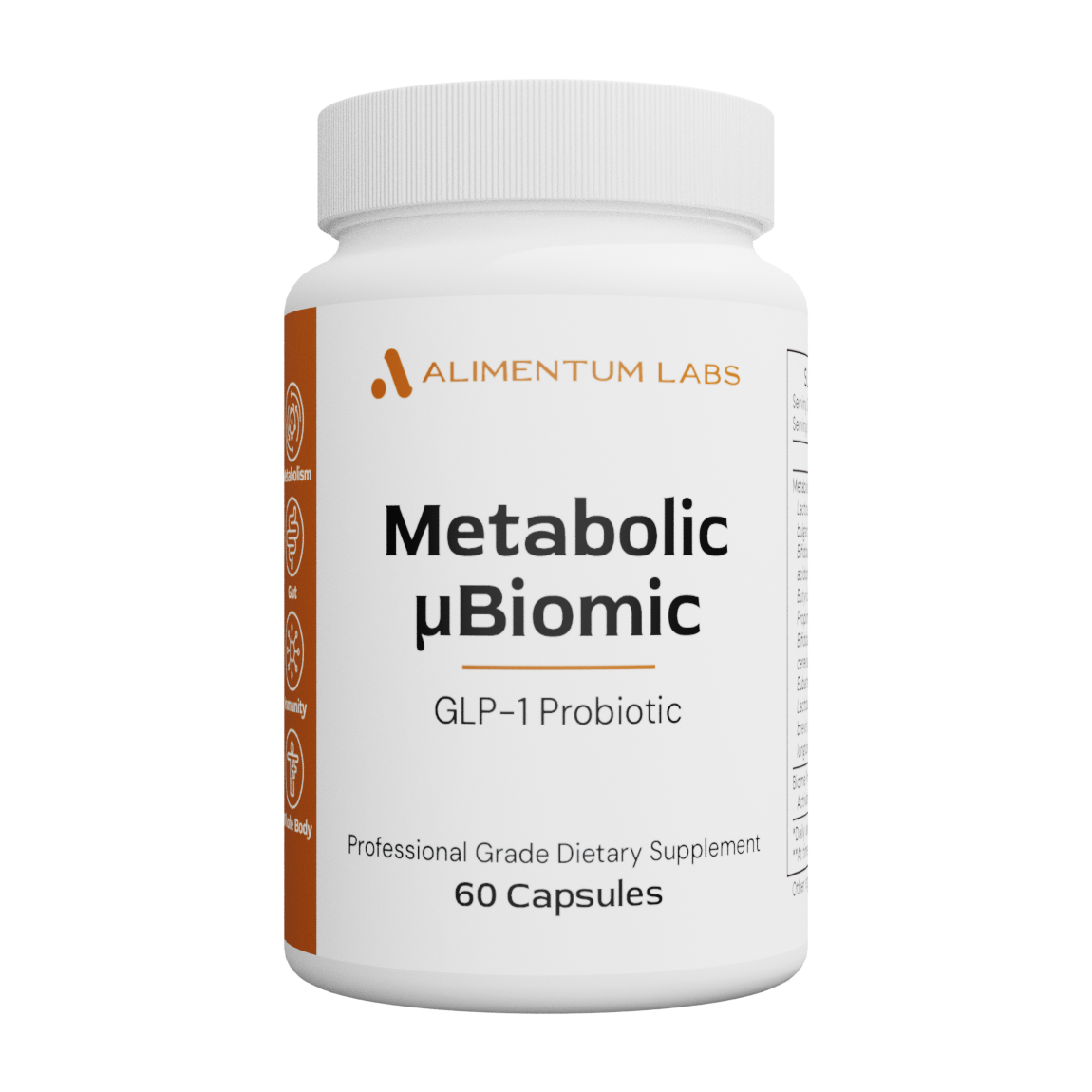
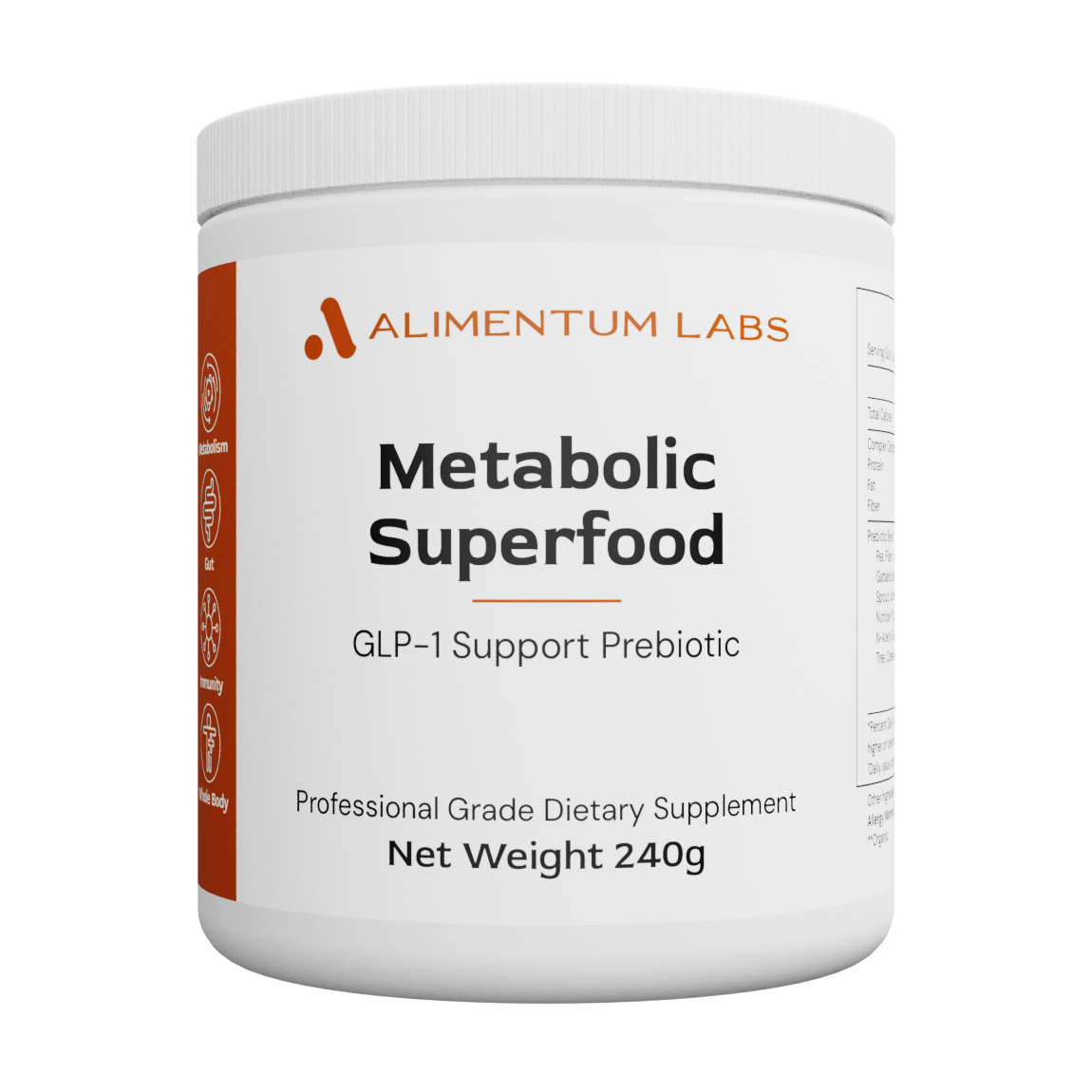
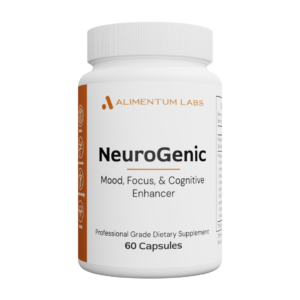
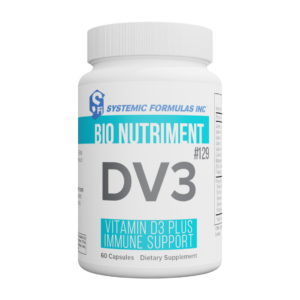
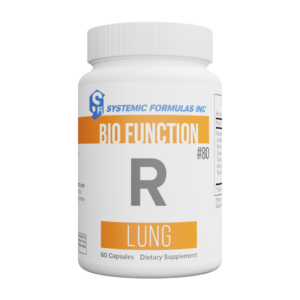
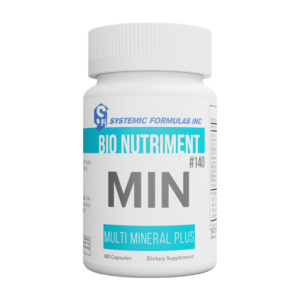

There are no reviews yet.